Of all the supposed rules about wine, there are few more confusing to most diners than how to pair it perfectly with food. However, there’s a very good reason why many wine lovers put so much thought into selecting the perfect bottle to go with their dishes: The right selection can make both so much better. Instead of getting overwhelmed or memorizing combinations, start with keeping a few pointers in mind. We collected some tips that will make the decision process feel less daunting, no matter if you’re fine dining or just planning a casual weeknight dinner at home. Read on to learn how to pair wine with food, according to experts.
RELATED: 10 Best Brunch Cocktails to Make at Home.

On the most basic level, all wine pairings come down to choosing a bottle that compliments or contrasts what’s on the plate. And while it can be rewarding to find that bottle of Pinot Noir that perfectly brings out ripe cherries and smashed raspberries for your duck dish, it’s sometimes easier to work with what you know about a particular style.
“Rather than focusing on the flavors of the wine and food, try pivoting to the structures and intensity of the dish and wine,” suggests Elyse Lovenworth, lead sommelier at Sommsation. “When thinking about structures in wine over the taste, look for things like acidity, body, residual sugar, tannins, and alcohol content, then move over the structure and texture of the main protein of the dish.”
In this case, just make sure one won’t overpower the other, as matching intensity is key. Then, look at how elements in the food and wine can complement each other.
“For instance, match a fattier cut of beef like a ribeye with a more tannic wine like a Cabernet Sauvignon, Sangiovese, or Syrah,” she says.
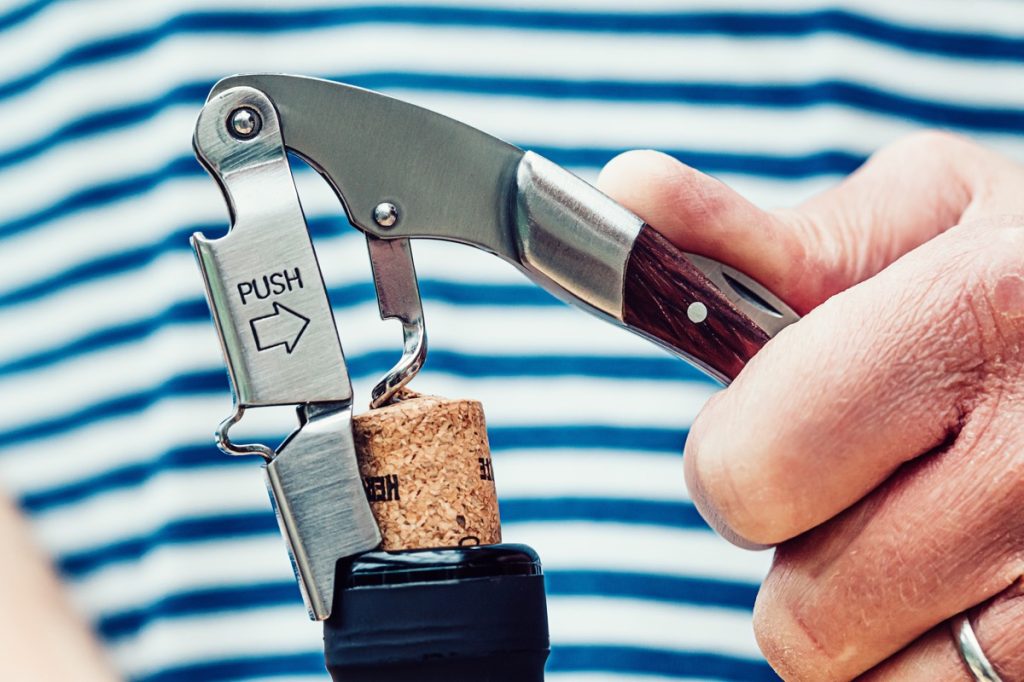
In some cases, rules are meant to be broken. This is especially true of certain well-known pairing principles that have become too pervasive for their own good.
“The belief that you have to pair seafood with white wine is a total myth,” says Jeanne Sullivan, an expert with the Wine Institute. “Reds are really versatile for all kinds of seafood. Barbera wines, for example, have a hint of smoke and pair well with smoked salmon, while medium-bodied, savory reds like Pinot Noir and Merlot go great with grilled salmon, as well as oily fish like mackerel and tuna, and seafood in tomato-based or curry sauces.”
And it’s not just reds: She adds that crisp, chilled rosés can also be the perfect accompaniment to seafood.
RELATED: 6 Best Wines to Serve at a Dinner Party, Etiquette Experts Say.
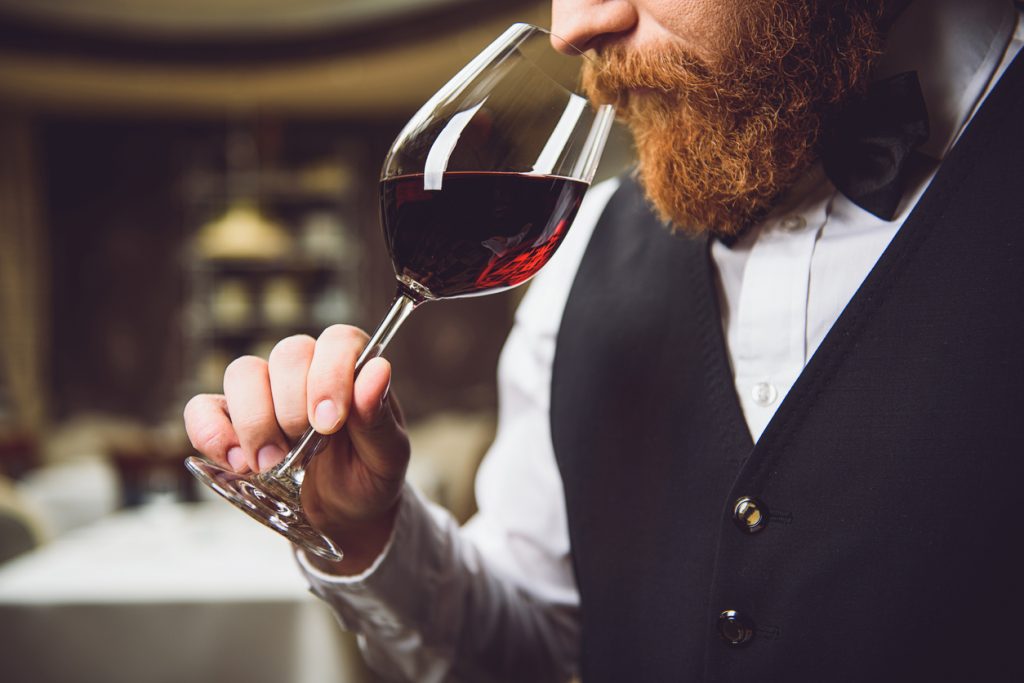
Wine and food being a match made in heaven is not a new culinary concept. Many areas have seen their local vines impact the way they cook, which is often reflected in pairings. In fact, there’s a reason why one of the most repeated sayings among sommeliers is: “What grows together goes together.”
“If you’re doing a dish that’s very regional in style, say from a specific part of Italy or France, or a cheese from a particular region, look at the wines served in that region,” says Jonathan Kleeman, group beverage manager and executive head sommelier at the Story Group in London. “You’ll probably find something that pairs really well because the wines have normally been developed alongside the cuisine.”

Understanding how to make wine and food pairings is just like any other skill, in that it requires plenty of practice. Fortunately, the trial and error portion can be pretty fun.
“Next time you have a dinner party, get a couple of recommendations from your trusted merchant, and pour both wines side-by-side with the dish,” Annie Edgerton, wine expert and writer at Flatiron Wines & Spirits in New York City, tells Best Life. “You and your friends can see how you like the wines on their own, and then notice how they might shift when paired with food.”
This can also help take the edge off the process of choosing. According to Mac Pedersen, wine expert and senior marketing manager at the Washington State Wine Commission, it can help to make the wine the occasion and just work with what food you have on hand.
“I think we get wrapped up in the idea that if we are going to open a bottle of wine, we need to have a special or elaborate meal planned to go with it. On the other hand, I’m a big fan of high-brow, low-brow,” she tells Best Life.
One easy way to do this is to reverse-pair your leftovers. “Take everything you have leftover in your fridge and see what goes best with the bottle you’ve selected,” she suggests. “Or order in Smashburgers and find three or four wines that potentially might pair well with them. You can even see which ones pair best with a homemade Cobb salad, which is a surprisingly tricky pairing! I think we tend to exhaust ourselves with expectations, and when we add wine and all its options onto that, it’s a real pile-on.”
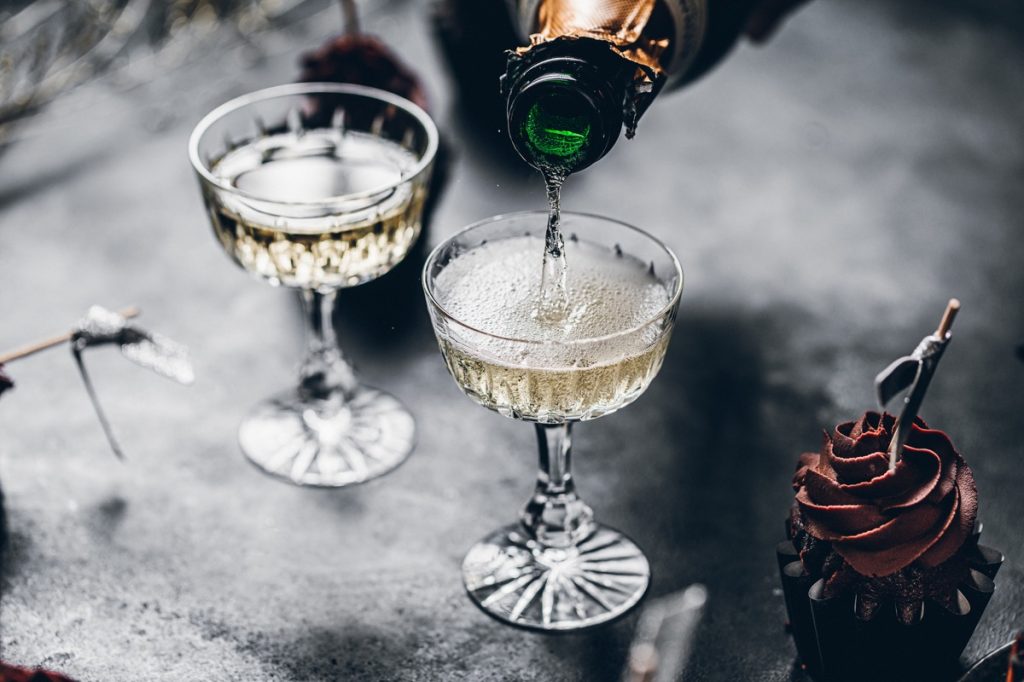
A lot of the fuss around pairings tends to fall on picking between a red, white, and the occasional rosé. However, experts say there is one staple that is surprisingly overlooked.
“People do not think of Champagne as a wine to pair with food, but you should,” suggests Alison Morris Roslyn, a Level 3 sommelier and owner of wine consultancy Francey Not Fancy. “It’s terrific with shellfish like lobster, oysters, or shrimp. And—here’s the best part—it’s magnificent with takeout and greasy foods like pizza, fries, and my all-time favorite, fried chicken.”
The beverage’s primary characteristic is the main selling point here. “The bubbles and acid in Champagne cut through grease and fat beautifully,” she explains. “Try it once, and you’ll be amazed!”
RELATED: 6 Items You Need on Your Bar Cart Before Guests Come Over, According to Mixologists.
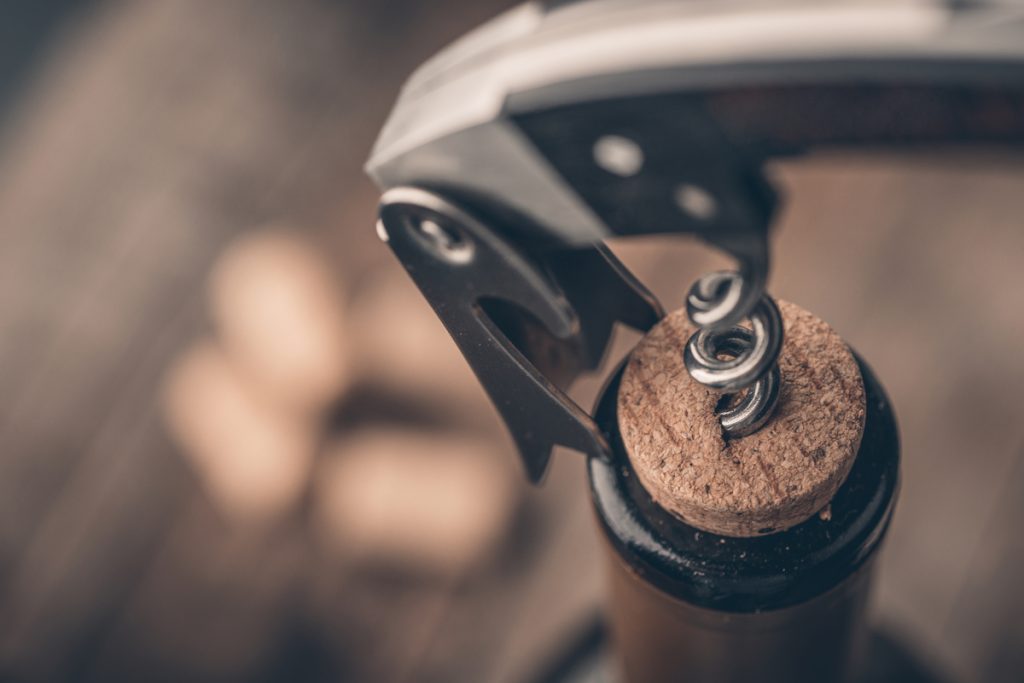
Even though it’s a surprisingly versatile pairing option, it might be best to finish up your sparkling wines before you get to the final course.
“Champagne is very popular for toasts and desserts, but dry Champagne can be bitter with very sweet desserts,” cautions Morris Roslyn. “Consider a sweeter Champagne, or even Prosecco, if you’re going to pair it with cake, cookies, or other sweets.”
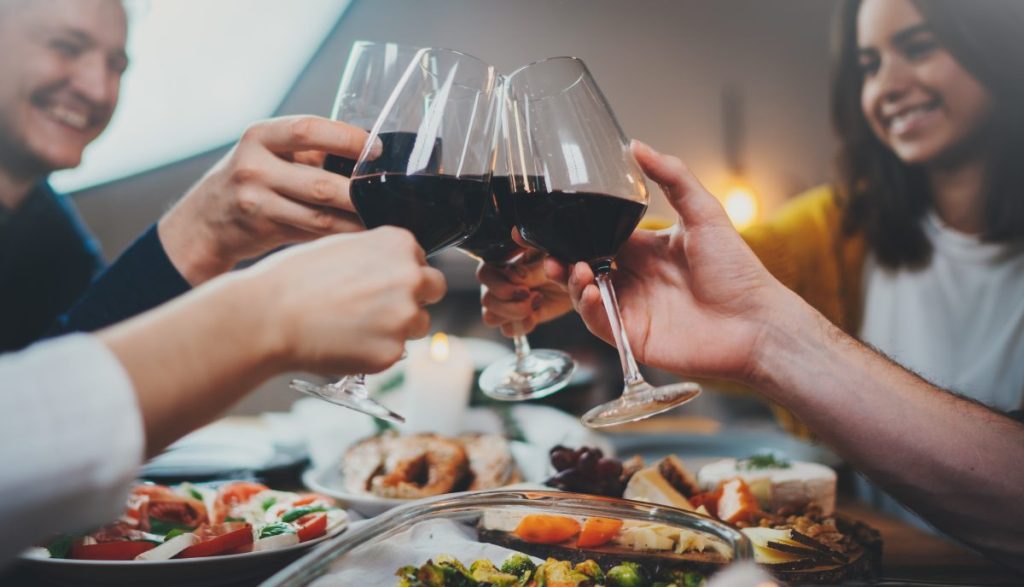
Boldness in wines tends to work very well with boldness in foods. However, there is a limit when it comes to boldness in terms of spiciness.
“Spice and tannin do not like each other,” warns Kleeman.
He explains that tannins—which refer to the mouth, tongue, and lip-coating compounds with that intense drying effect as opposed to bold flavor—are at odds with heat. “When you put those hefty tannins with spice, it’ll increase the spiciness multiple fold and make it very intense,” he tells Best Life.
If you’re serving up something with a little bit of kick, consider a more acidic red or a full-bodied and fruit-forward white, such as a Reisling or Gewurztraminer. These wines can help counterbalance the heat and soothe the tongue, providing relief with each sip.
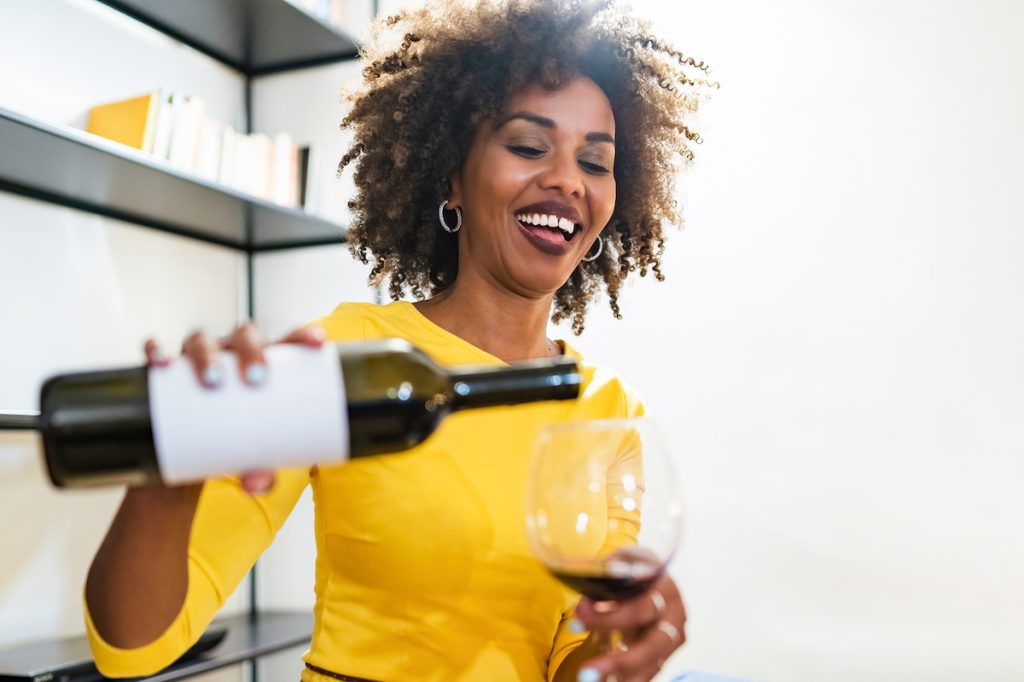
Ultimately, the infinite combinations of food and wine mean there’s always a potentially superior version of your supposed perfect pairings. That’s why it’s best to continue to explore what you think works best and—most importantly—what tastes the best to you.
“Keep it simple and trust your palate!” says Peter Janiak, executive chef at St. Francis Winery & Vineyards in California. “The best way to pair food and wine is to rely on your personal tastes and experiment with different combinations. There are no wrong answers as long as it tastes good to you.”
If you’re looking for a place to start or are ever in doubt, you can almost always create a solid pairing when you complement similar flavors. “Match the intensity of the wine with the food—light dishes with light wines, bold dishes with bold wines—and use wines with high acidity to balance fatty or creamy dishes. This way, you’ll always have a delicious and balanced bite,” he says.
